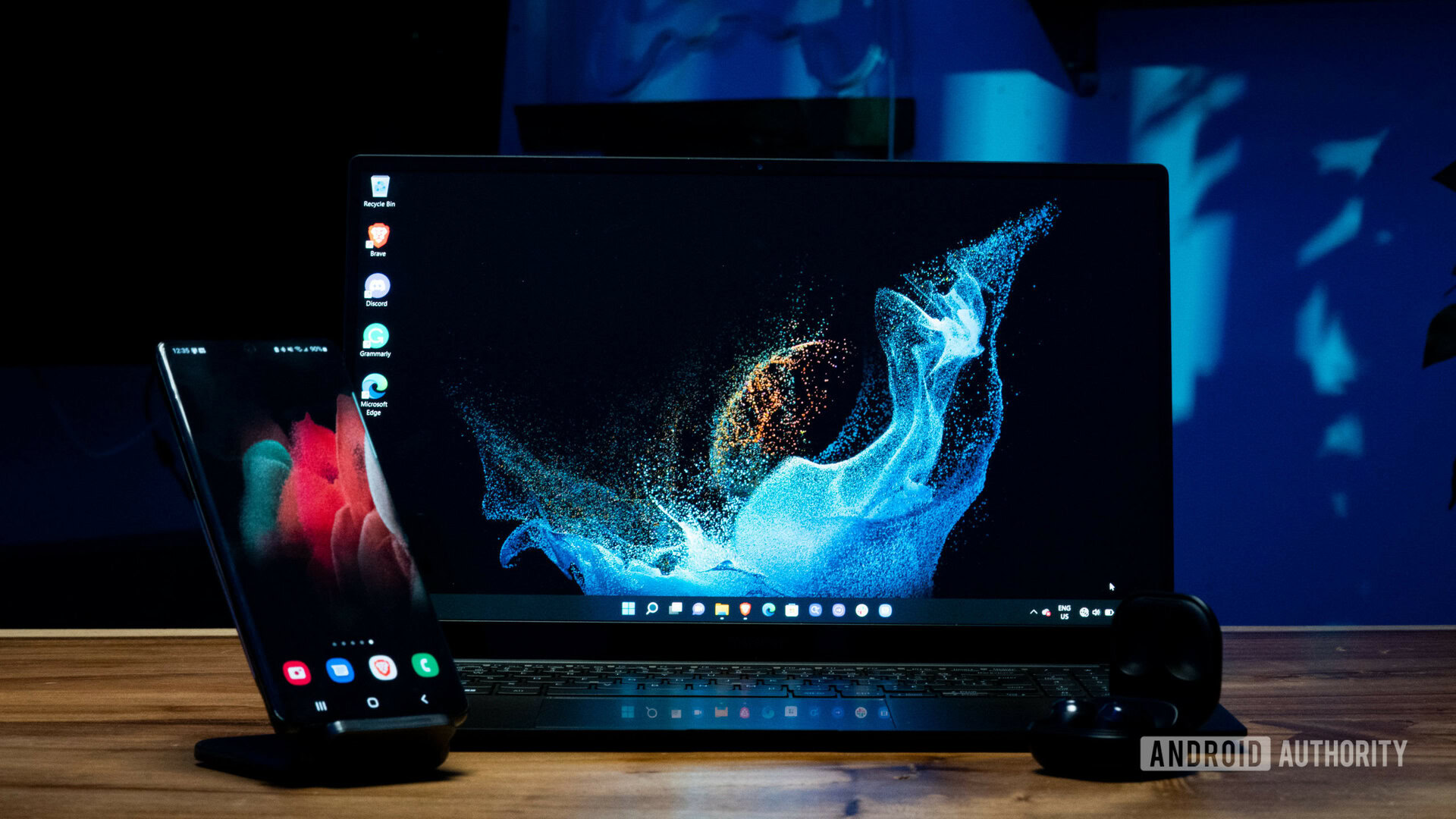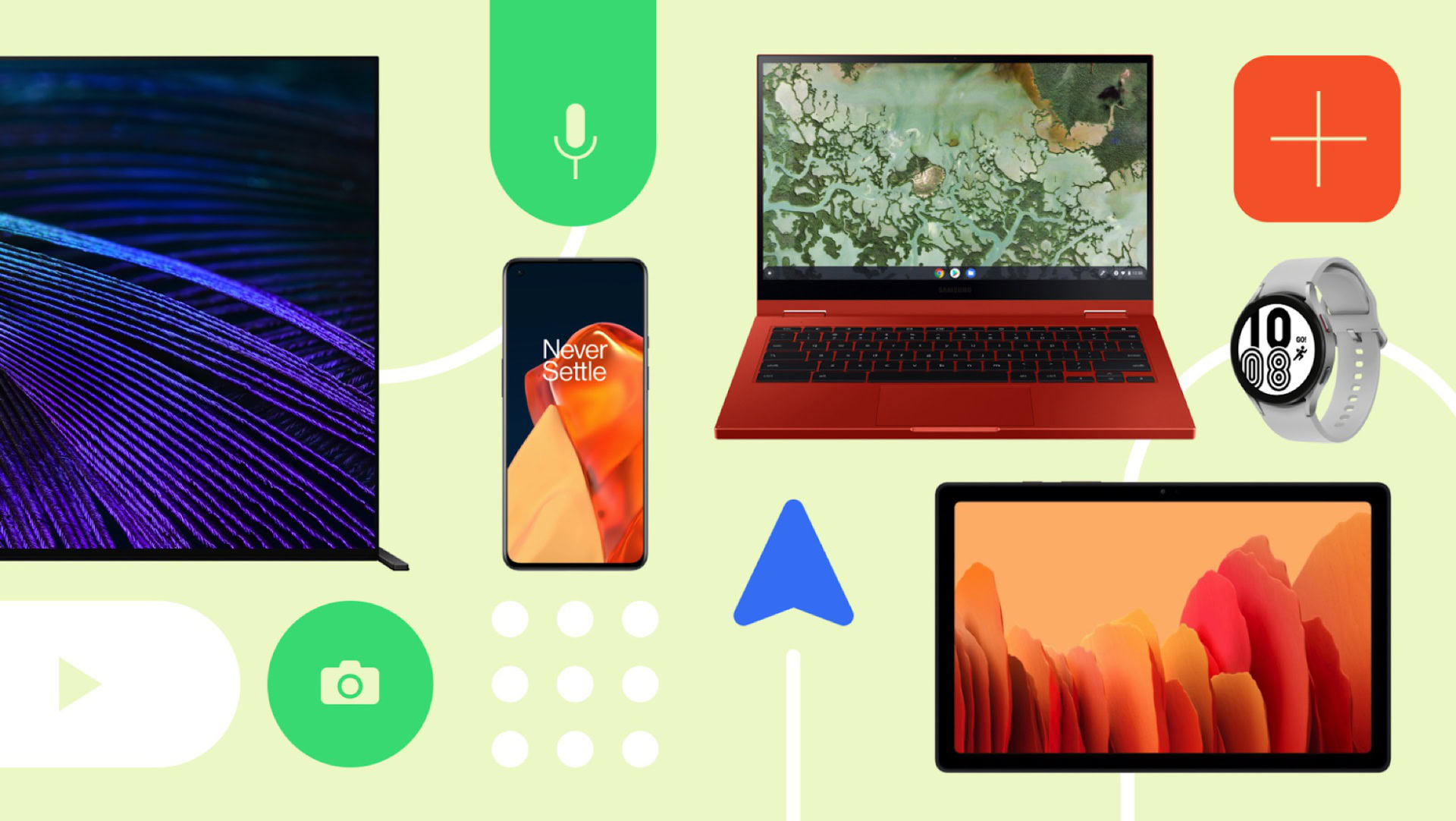Google’s new Pixel ecosystem should look to Samsung for inspiration
From taking an ECG reading to measuring your blood pressure, Samsung’s Galaxy Watch lineup can do a lot more than most other Wear OS devices. But there’s a big catch — you can’t use these features without a Samsung smartphone. This isn’t just a one-off; it’s the same story everywhere you look in Samsung’s ecosystem.
Take Samsung’s Buds, for instance. Features like 360 Audio and the proprietary Scalable audio codec are exclusive to Samsung smartphones. The list extends to software too — Samsung Pay no longer works on third-party Android smartphones, and you can’t track down a SmartTag on non-Galaxy devices either.
Samsung has built an Android ecosystem so compelling, it’s hard to switch once you’ve entered it.
Given how seamless the Samsung ecosystem has become, I believe it serves as a solid blueprint for Google to follow with the upcoming Pixel Watch and Pixel Tablet, at least in part. For the first time in years, Google has a hardware portfolio that’s closer to rivaling what Apple and Samsung have to offer. But while the Pixel smartphone series is revered for its imaging capabilities, the success of these upcoming form factors hinges entirely on whether Google can build a cohesive ecosystem. Here’s why.
Samsung’s ecosystem: A blueprint for Google?

Adam Birney / Android Authority
Samsung’s focus on building an ecosystem may have taken years, but the strategy is now paying dividends. When faced with the prospect of losing functionality, existing owners are unlikely to switch to a competing smartphone maker — let alone a whole different operating system. After all, we’ve seen how Apple won iPhone market share with iMessage.
Samsung’s robust ecosystem comes at the expense of Android interoperability.
Skepticism aside, though, Samsung’s disregard for interoperability has allowed it to craft bespoke experiences. In fact, you won’t find many of these features anywhere else in the Android space. The Continue apps feature, for instance, delivers Apple-like Handoff functionality for voice calls, messaging, notes, and browser tabs across devices. Samsung even has its own version of Universal Control that allows you to control your tablet and phone using a laptop keyboard and trackpad. Google should take notes on the increasing depth of Samsung’s integrations.
If the Galaxy ecosystem doesn’t appeal to you, though, you’ll be happy to know that competition is on its way. Thanks to Google’s renewed interest in tablets and other form factors, we’re starting to see ecosystem features trickle into Android. With Android 13, you’ll soon be able to stream chat apps to Chrome OS. Google is also working on a feature that will allow you to share your clipboard between various Android devices.
With Android 13, Google has laid the foundations for a cross-device ecosystem.
Ecosystem features extend beyond just software tricks, but Google has a fighting chance in the hardware race too. While Samsung banks on its limited SmartThings ecosystem, for example, Google Home supports virtually every smart home brand under the sun.
Imagine if your smartwatch could turn off your television and lights when it detects that you’ve fallen asleep. Samsung already offers such functionality on the Galaxy Watch 5, but only if you also own a SmartThings appliance. There’s no real reason why Google can’t bring a similar feature to the Pixel Watch. With Google’s vast network of connected brands, such a feature would be useful to a much larger audience.
Related: The Pixel Watch can’t succeed if Google reuses the same 8-year old formula
In that vein, Google could also leverage its machine learning expertise to make the Android ecosystem more personal and predictive. We know that the company experimented with surfacing intelligent suggestions on the Android lock screen, only to abandon it at some point. A smartwatch with half a dozen sensors could go a long way towards improving the accuracy of such predictions. Failing that, even just surfacing loyalty cards and payment methods via Google Wallet based on your current location would be a major convenience win. The pieces are there, Google just has to bring them together.
A Google ecosystem for some or harmony for all?

While the prospect of a Google-centric ecosystem seems promising, the company shouldn’t follow Apple and Samsung’s exclusivity formula to the letter. Even if Google’s hardware market share wasn’t dwarfed by other Android OEMs, it also has the responsibility of upgrading the operating system every year. In other words, it needs to bring the benefits of its ecosystem to non-Pixel devices as well.
While former Pixel-exclusive features like Fast Pair have eventually made their way to stock Android, these migrations have become rather infrequent. It’s also unclear if current exclusive features like text extraction from the Recents menu and real-time dictation will be ported to devices more broadly.
The Pixel series gains exclusive software features every year, but few ever make their way to stock Android.
It doesn’t help that existing apps and services show signs of neglect. The Google Fit platform, for example, hasn’t changed much over the years apart from the occasional visual overhaul. It’s perhaps for this reason that the upcoming Pixel Watch will include “deep Fitbit integration”. Google Fit will reportedly co-exist, for now, likely to serve users of other Wear OS devices. However, the Fitbit features will likely remain exclusive to the Pixel Watch, acting as a big draw for potential customers.
Whether feature exclusivity should be the future of Android and Wear OS is perhaps a discussion for another day. For now, it’s clear that Google has to strike a careful balance between creating an appealing ecosystem for Pixel enthusiasts and upgrading the stock Android experience for everyone else. Samsung’s feature lock-in has undoubtedly been a blow to Android interoperability, and, while Google should draw inspiration from Samsung’s ecosystem, it also needs to restore that balance.
AA debates: Is Google’s ecosystem push too much too fast?
For all the latest Technology News Click Here
For the latest news and updates, follow us on Google News.
